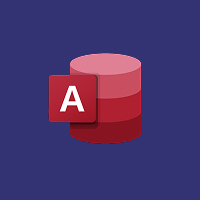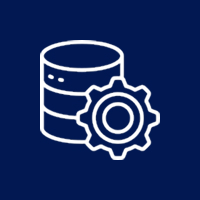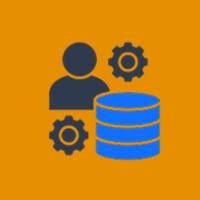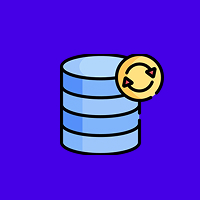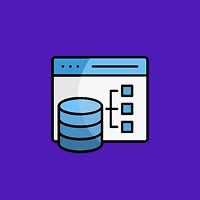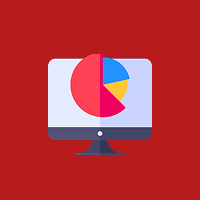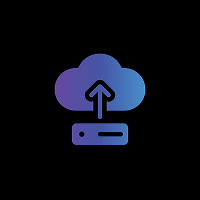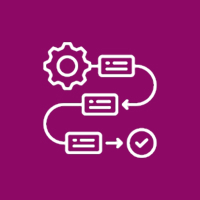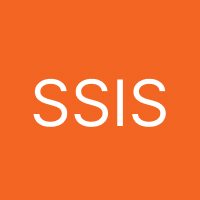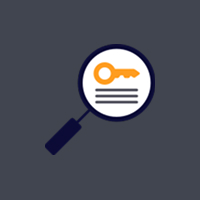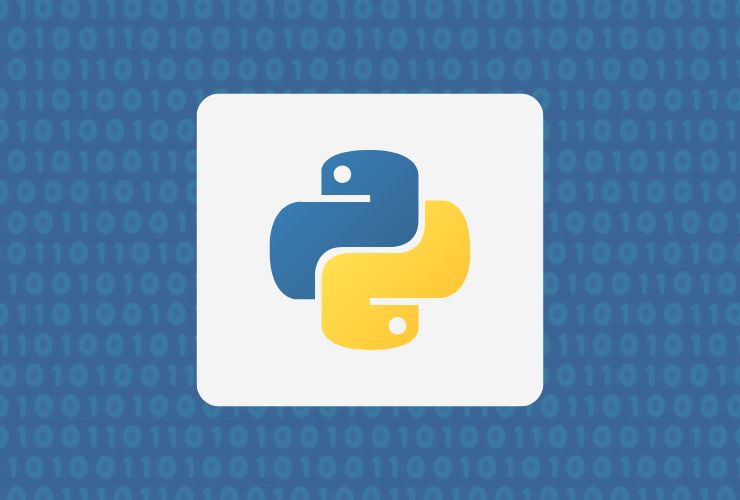In the current era of Big Data, organizations are generating, collecting, and processing massive amounts of data every second. In order to extract any meaningful insights out of these large datasets, there is a need for powerful tools — and Python has become one of the preeminent programming languages for Big Data Analytics.
Python’s simplicity, flexibility and extensive library will allow data scientists and data analysts to efficiently consume, analyze and visualize Big Data across a variety of industries.
1. Why Python for Big Data?
The popularity of Python for Big Data comes from its ability to handle data-intensive tasks swiftly and easily. Some reasons for Python’s popularity are:
- Ease of Learning and Use: Python has a simple readability and syntax that is beginner- and professional-friendly, and adds to its accessibility.
- Library Support: Libraries like Pandas, NumPy, PySpark, and Dask allow Pandas to make complex data operations faster and easier to process.
- Integration: Python integrates easily with Big Data processing tools like Apache Spark, Hadoop, and Hive to increase processing efficiency.
- Community Support: Frequent upgrades and a large community around the world make sure that Python evolves to the latest data trends.
2. Important Python Libraries for Big Data Analytics
The true potential of Python lies in its libraries that increase the ease of working with Big Data. Some of the most prominent are:
- Pandas: This library is used for all types of data manipulation, cleaning, and analysis through the use of DataFrames.
- NumPy: This library focuses on numerical computations, dealing well with large multidimensional arrays.
- Dask: This library focuses on making computation possible through parallel computing and is especially useful when working with datasets too large to process in memory.
- PySpark: The Python API for Apache Spark, a great library for working with distributed data processing.
- Matplotlib & Seaborn: These libraries are popular for visualization (including line graphs, scatterplots, etc.) and visual trend analysis.
- Scikit-learn: A library well-suited to build out machine learning capabilities in Big Data analytics pipelines.
3. Integrating Python into Big Data Frameworks
Few technologies are better than Python for working with Big Data and its Big Data platforms, environments that provide platforms to process and analyze very large datasets:
- Apache Spark: Using PySpark, you are able to make complex task transformations to data at scale. PySpark’s APIs provide access to an optimized, memory-backed version of many common operations.
- Hadoop: Using several Python libraries e.g., PyDoop, you can connect Python with Hadoop Distributed Filesystem (HDFS) and other MapReduce functionalities.
- Hive and HBase: Finally, you can find several Python packages e.g., PyHive that easily allow you to query and manipulate data stored in typical Big Data stores. PyHive connects to both Hive and HBase and query data found in a Big Data warehouse, which is popular for storing advanced data structures.
In summary, not only can Python establish the data pipeline, with the use of the listed libraries, it can be used throughout the batch and real-time analytics!
4. Uses of Python in Big Data Analytics
Python is revitalizing different sectors with its unique and powerful data analytics capabilities. Its uses include:
- Predictive Analytics: Making projections along trends in financial, healthcare, and retail fields.
- Customer Behavior Analysis: Learning about patterns and individual preferences to provide targeted marketing.
- IoT Data Processing: Tapping into large amount of sensor data and analyzing streams.
- Business Intelligence: Providing dashboards or visual reports to help with decision making.
- Machine Learning and AI: Connecting the analytics and algorithms of Machine Learning for automation and actionable insights.
5. Best Practices for Using Python in Big Data
To ensure you have the most performance and efficiency, use these best practices for Python, you can:
- Use vectorized operations, vs loops, in Pandas or NumPy.
- Use Dask or PySpark for distributing processing over a large dataset.
- Optimize data pipelines by lazy valuation and caching.
- Use AWS, Google BigQuery, Azure or other cloud platforms.
- Now visualizing it, for the insights, try interactive tools like Plotly or Dash!
6. The Future of Python in Big Data
As the field of Big Data evolves, it is likely that Python’s position will continue to strengthen. With its adaptable ecosystem and the expansion of new technologies, such as artificial intelligence (AI), machine learning, and cloud computing, Python will always lead to new advancements in data analytics.
Its flexibility and scalability make it an essential tool for organizations seeking to add value to their data.
Conclusion
Python is now the backbone of Big Data analysis due to its unique combination of simplicity, power, and flexibility. With the support of numerous libraries, its seamless integration with Big Data frameworks and a strong community, Python has become the preferred choice for professionals across industries.
Organizations can use Python to convert their massive amounts of raw data into actionable insights, resulting in smarter decisions that stimulate business growth during the digital age.
Contact Us Today



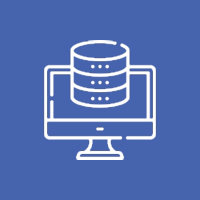





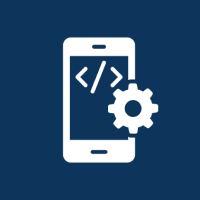



 Database Development
Database Development




